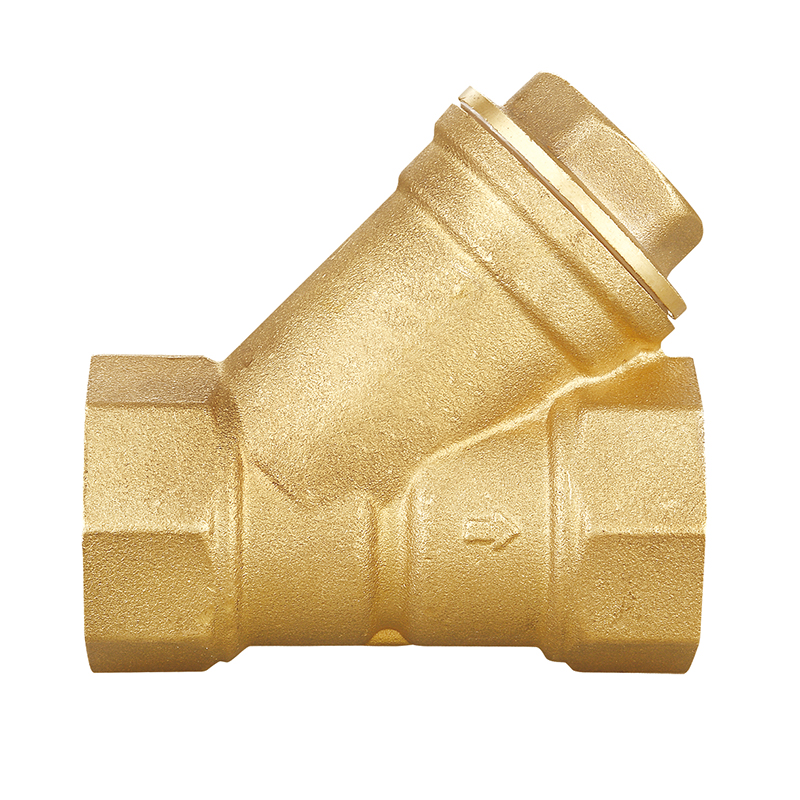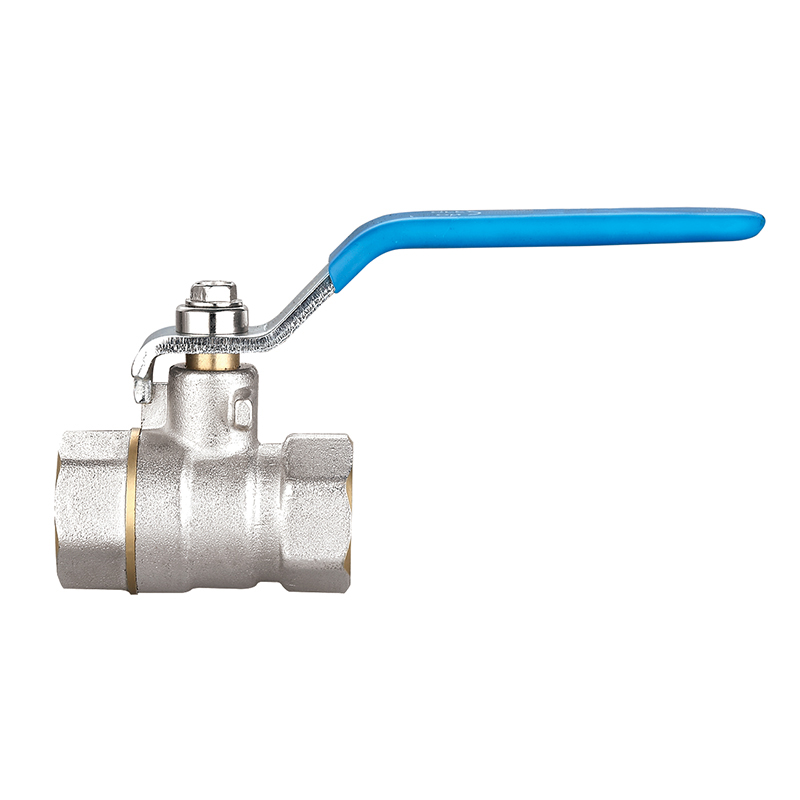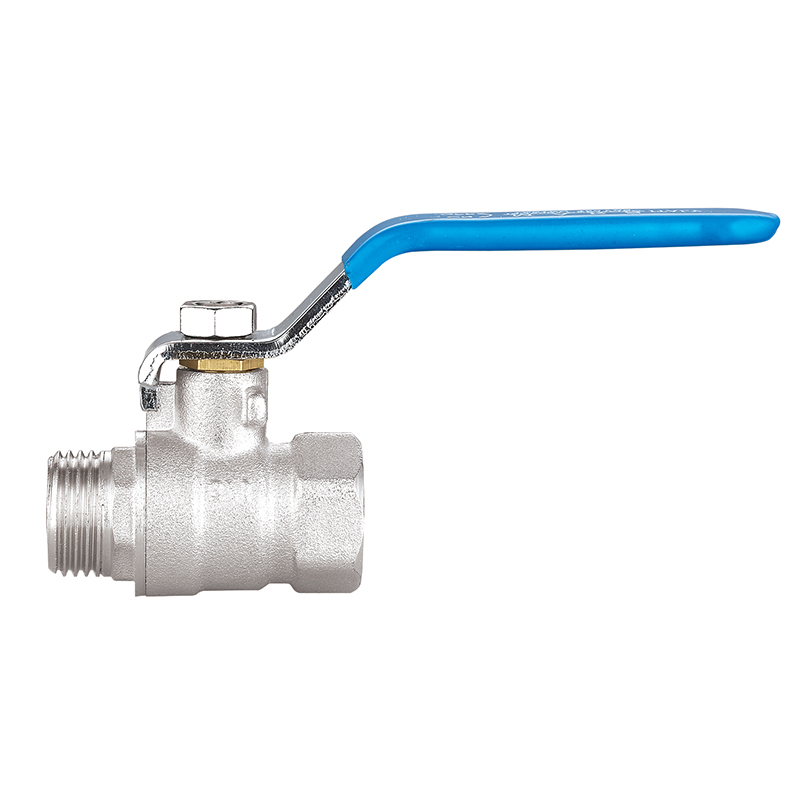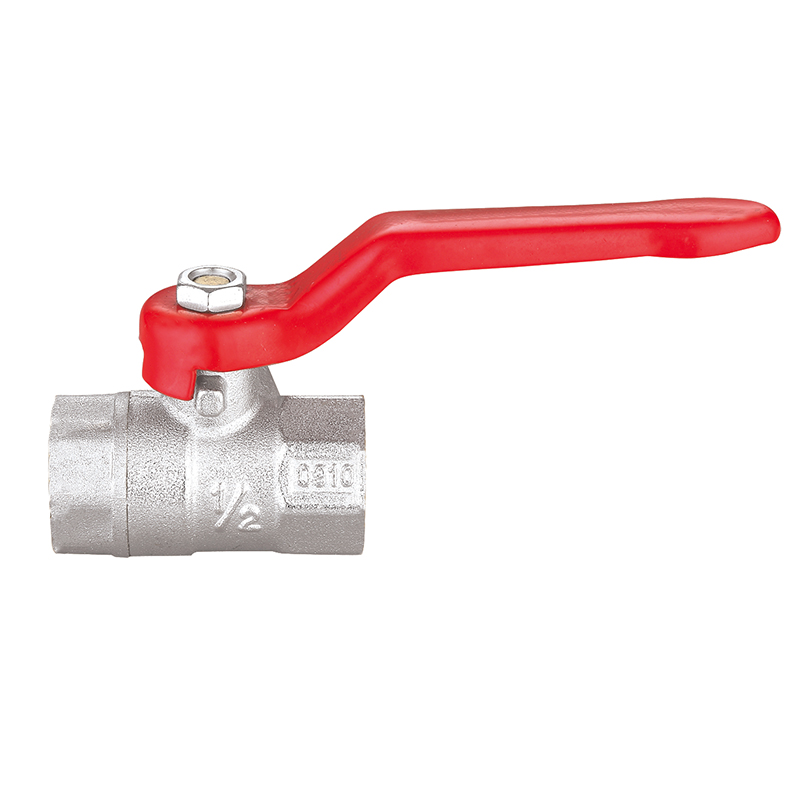Y Strainers: Essential Filtration Solutions for Protecting Fluid Systems
2025-07-11
Y strainers are critical mechanical filtration devices designed to safeguard fluid systems by removing unwanted solid particles from liquids. Their unique Y-shaped body design incorporates a mesh or perforated screen that traps debris, ensuring that downstream equipment such as pumps, valves, compressors, and meters operate smoothly without damage or blockage. By maintaining clean flow within pipelines, Y strainers help improve system efficiency, reduce maintenance costs, and extend equipment lifespan.
Understanding the Y Strainer Design
The defining feature of Y strainers is their angled, Y-shaped body, which allows the strainer element to be positioned at an angle to the main pipeline. This design offers several advantages:
Compact and Space-Saving: The angled mesh housing allows Y strainers to fit into tight piping arrangements where space is limited.
Efficient Debris Capture: Fluid flows through the main pipe while the debris-laden liquid diverts through the mesh screen, where solids are trapped.
Easy Maintenance: The mesh screen can be accessed and cleaned without removing the entire strainer from the pipeline, downtime.
The strainer element is typically a fine mesh made from stainless steel or other corrosion-resistant materials, available in various mesh sizes depending on the level of filtration required.
Types of Y Strainers
Y strainers are available in various configurations to meet the diverse needs of fluid systems:
1. Basket-Type Y Strainers
These contain a basket-shaped filter inside the Y chamber, ideal for systems with heavier or larger debris loads. Basket strainers have higher dirt-holding capacity and are easier to clean, making them suitable for systems with frequent contamination.
2. Screen-Type Y Strainers
Screen strainers use flat or cylindrical screens to filter out smaller particles. These are generally used where finer filtration is needed, such as in chemical processing or food and beverage industries.

Materials of Construction
The selection of material for Y strainers depends on the nature of the fluid, pressure, temperature, and environmental conditions:
Cast Iron and Ductile Iron: Commonly used for water, steam, and low-pressure systems, offering cost-effective and durable options.
Carbon Steel: Suitable for higher pressure and temperature applications, often found in oil and gas or industrial plants.
Stainless Steel: for corrosive or hygienic environments, such as chemical processing, pharmaceuticals, and food industries.
Bronze and Brass: Used in smaller sizes and residential or marine applications due to their corrosion resistance and ease of machining.
Connection Types and Sizes
Y strainers come with different end connections to suit installation requirements:
Threaded Ends: For small to medium pipe sizes, allowing straightforward installation and removal.
Flanged Ends: Common in larger pipelines where bolted flanges facilitate secure connections and easy maintenance.
Socket Weld or Butt Weld Ends: Used in high-pressure or specialized piping systems requiring permanent, leak-proof joints.
Sizes typically range from 1/2 inch to several inches in diameter, covering a broad spectrum of flow capacities.
Applications Across Industries
Y strainers serve vital roles in multiple sectors by preventing solids from damaging equipment:
Water Treatment Plants: Protect pumps, valves, and membranes from sand, rust, and debris.
Oil and Gas Industry: Filter out particulate matter in crude oil, natural gas, and refined product pipelines.
Chemical Processing: Maintain purity and protect sensitive instruments by removing solid contaminants.
HVAC Systems: Prevent clogging of heat exchangers and pumps by filtering impurities in chilled or hot water lines.
Food and Beverage Production: Ensure product quality and protect equipment by filtering raw liquids.
Power Generation: Protect turbine systems and cooling water circuits from sediment and particulate matter.
Benefits of Using Y Strainers
Equipment Protection: By removing debris before it reaches critical components, Y strainers reduce the risk of damage and downtime.
Cost Savings: Reduced maintenance, fewer repairs, and longer equipment lifespan translate into significant financial benefits.
System Efficiency: Clean flow paths ensure consistent pressure and performance, improving overall system operation.
Versatility: Suitable for a wide range of fluids, pressures, and temperatures, making them adaptable to many industries.
Whether you want to become our partner or need our professional guidance or support in product selections and problem solutions, our experts are always ready to help within 12 hours globally.




 русский
русский Español
Español عربى
عربى





